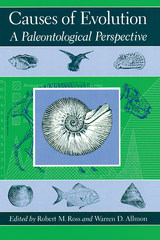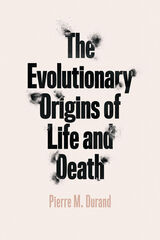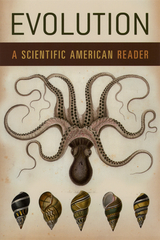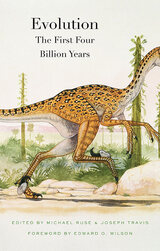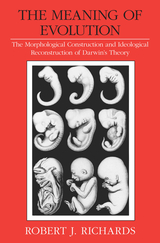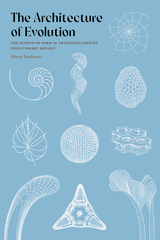Evolutionary Innovations
University of Chicago Press, 1990
Cloth: 978-0-226-58694-6 | Paper: 978-0-226-58695-3
Library of Congress Classification QH366.2.E869 1990
Dewey Decimal Classification 575
Cloth: 978-0-226-58694-6 | Paper: 978-0-226-58695-3
Library of Congress Classification QH366.2.E869 1990
Dewey Decimal Classification 575
ABOUT THIS BOOK | AUTHOR BIOGRAPHY | TOC
ABOUT THIS BOOK
Evolutionary innovations—the bony skeleton of vertebrates, avian flight, or the insect pollination system of angiosperms, for example—have in recent years become the focus of much fertile new research in evolutionary biology. Innovations may hold the keys to understanding why whole new groups of organisms evolve or, conversely, why groups of organisms become extinct. This volume brings together contributors from the fields of morphology, genetics, embryology, physiology, and paleontology to present research on evolutionary innovations and to suggest directions for further work.
The topics covered include the plurality of evolutionary innovations, patterns and processes at different hierarchical levels, evolutionary genetics of adaptations, heterochrony and other mechanisms of radical evolutionary change in early development, developmental mechanisms at the origin of morphological novelty, the evolution of morphological variation patterns, functional design and its punctuated products, plausibility and testability in assessing the consequences of evolutionary innovations, paradigms and pitfalls of studying physiological evolution, polyphyletic constructional breakthroughs in fossil and extant species, ecology of evolutionary innovations in the fossil record.
The topics covered include the plurality of evolutionary innovations, patterns and processes at different hierarchical levels, evolutionary genetics of adaptations, heterochrony and other mechanisms of radical evolutionary change in early development, developmental mechanisms at the origin of morphological novelty, the evolution of morphological variation patterns, functional design and its punctuated products, plausibility and testability in assessing the consequences of evolutionary innovations, paradigms and pitfalls of studying physiological evolution, polyphyletic constructional breakthroughs in fossil and extant species, ecology of evolutionary innovations in the fossil record.
See other books on: Evolution | Evolution (Biology) | Life Sciences | Science
See other titles from University of Chicago Press








